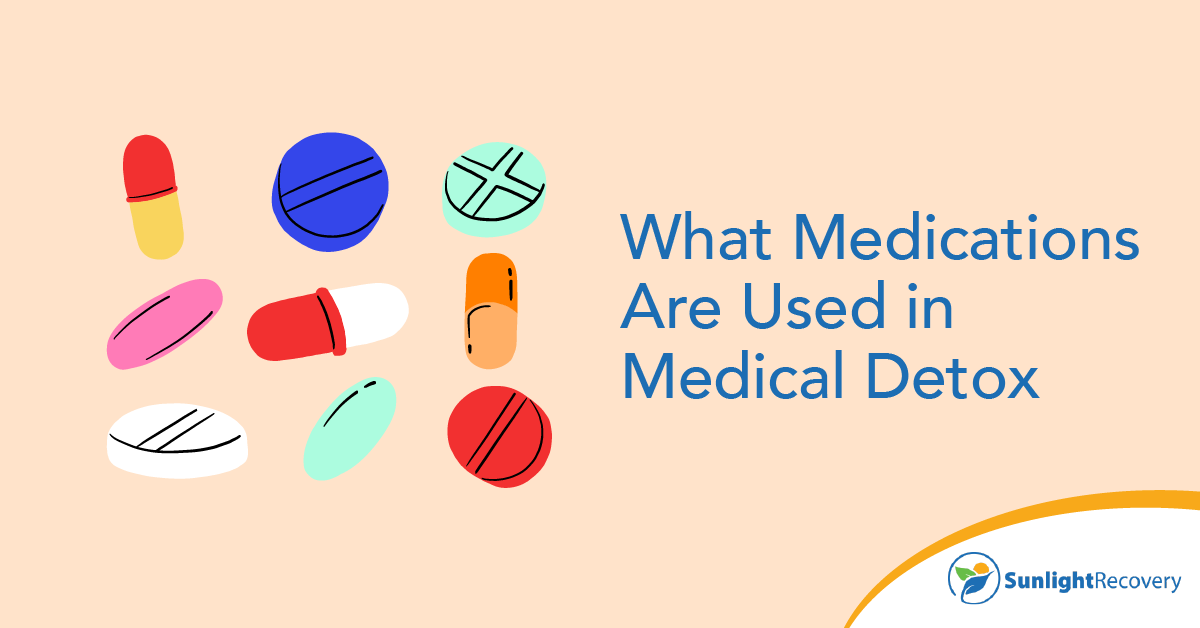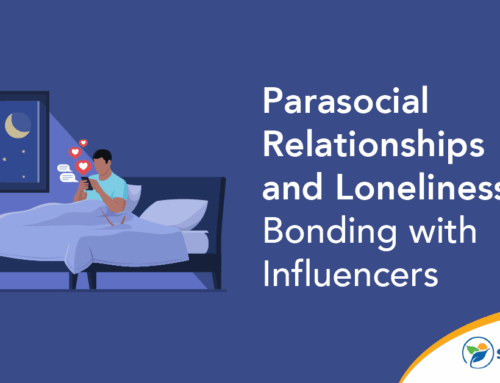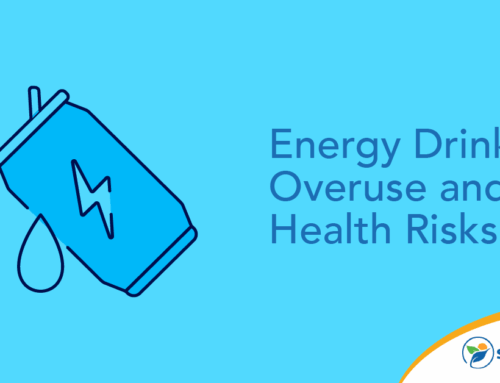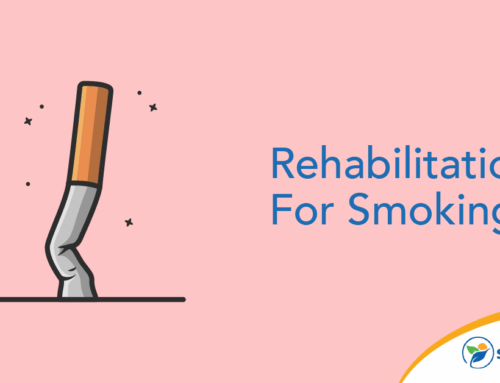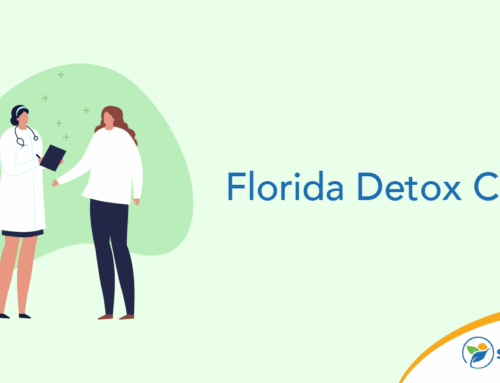If you have a substance abuse disorder, recovery can seem like a long and challenging process. Fortunately, there’s a high success rate for those who choose to seek treatment. In fact, 70% of individuals who’ve completed treatment are in recovery. Still, many people are afraid to get help because of the fear of withdrawal. This is where medications for alcohol withdrawal and drug addiction can help. Medical detox can help an individual manage their withdrawal symptoms safely and effectively, making the transition to treatment easier. This article explains the role medications play in detoxification and explores the most common types used.
The Role of Medication in Detox and Withdrawal Management
The first step for any addiction treatment plan is detoxification. It’s usually completed in a structured and safe environment, such as a hospital or inpatient facility. Medical detox has three main goals:
- Reduce withdrawal symptoms. The main goal of medication for alcohol withdrawal or drug addiction is to reduce discomfort when an individual stops using. Symptoms vary depending on the substance and how long an individual was addicted. However, the most common symptoms include tremors, nausea, anxiety, muscle aches, intense cravings and insomnia.
- Prevent complications. Withdrawal from alcohol and some medications can be life-threatening. Some medications can help stabilize the nervous system to prevent symptoms such as seizures, hallucinations and cardiovascular events.
- Road to recovery. Detox helps stabilize an individual so they can move into the next stage of recovery, which includes therapy and counseling.
Benzodiazepines for Alcohol and Sedative Withdrawal
Alcohol and sedatives increase the level of GABA, a neurotransmitter that has a calming effect on the brain. When a person stops using alcohol or sedatives, the brain gets overexcited because it’s used to the presence of chemicals. As a result, the individual may experience tremors, anxiety, high blood pressure and even fatal seizures.
Benzodiazepines also have a calming effect on the central nervous system. These drugs replace the effects of sedatives and alcohol but in a controlled, tapering dose. Benzos commonly used in detox include:
- Diazepam. Diazepam is a drug withdrawal medication used to treat anxiety disorders. It’s one of the most common medications used to treat alcohol and sedative withdrawal symptoms. With its rapid onset, it’s ideal for quickly controlling acute symptoms. Common brand names include Valium.
- Chlordiazepoxide. A long-acting benzo, chlordiazepoxide helps provide a smooth and easy transition into treatment. It has a long half-life, which makes it ideal for a gradual taper because it can prevent withdrawal symptoms while reducing the risk of rebound symptoms. Librium is the brand name for chlordiazepoxide.
- Lorazepam. Lorazepam is commonly used to treat anxiety disorders in adults and children 12 and older. Shorter-acting than the other options, lorazepam is often most effective in older patients or those with compromised liver function. Brand names include Ativan.
Methadone and Buprenorphine for Opioid Detox
Opioids, such as morphine and fentanyl, are medications used to control extreme pain. These drugs can be extremely habit-forming, even with short-term use. Withdrawal can be life-threatening, causing anxiety, stomach issues, muscle aches, insomnia and tremors. Doctors typically prescribe safer opioids to assist with withdrawal and recovery. They work by activating the opioid receptors in the brain in a controlled manner, eliminating severe cravings without producing a high. Methadone is most often used in regulated clinics, while buprenorphine has a lower overdose risk. Common brands include Methadose and Suboxone.
Both methadone and buprenorphine are the key drugs used in medication-assisted treatment programs. MAT is a long-term approach that combines medications with therapy and support.
Clonidine and Other Supportive Medications
While benzos and opioids treat the underlying neurochemical cause of withdrawal during medical detox, supportive medications for alcohol withdrawal and drug abuse may also be used to manage other symptoms. The most common is Clonidine. Often used in opioid detox, Clonidine works by calming the fight-or-flight response during withdrawal, which creates symptoms such as sweating, anxiety, muscle aches and cramping.
Other supportive medications include:
- Anti-nausea medications. Common brands include Zofran, which controls vomiting.
- Anti-diarrheal drugs. Imodium is used to reduce stomach upset during withdrawal.
- Sleep aids. Nonaddictive sleep medications, such as trazodone, are used to combat sleep problems.
- Non-opioid pain relievers. To prevent muscle aches and pains, doctors often recommend over-the-counter pain relievers like ibuprofen or acetaminophen.
Anticonvulsants and Antipsychotics for Severe Cases
In severe cases of medical detox, when the patient is at risk to themselves or others, physicians may prescribe anticonvulsants and antipsychotics.
Anticonvulsants
Anticonvulsants, such as carbamazepine and gabapentin, work in medical detox to reduce the occurrence of seizures and nerve-related pain. Because these medications are powerful on their own, they are usually reserved for serious situations and require constant patient monitoring.
Antipsychotics
Antipsychotics help treat psychosis in individuals with bipolar disorder, schizophrenia and severe depression. Medications like haloperidol help individuals manage severe agitation, paranoia and hallucinations. They work well in individuals experiencing tremors during withdrawal.
Why Supervised Detox Improves Safety and Outcomes
Medical detox is a drug withdrawal medical procedure recommended for the initial stage of recovery. In inpatient care, you’ll receive constant support while removing yourself from the responsibilities and stress of home, allowing you to focus entirely on recovery. Some of the key benefits of supervised detox include:
- Medical safety. In inpatient care, you’ll receive around-the-clock supervision from trained medical staff. These professionals can respond immediately to any complications, such as seizures. They can adjust medications as needed to help manage any co-occurring conditions.
- Maximum comfort. Supervised detox helps you manage the worst of withdrawal symptoms. Individuals in inpatient care are less likely to give up or relapse.
- Easy transition to treatment. Detox facilities offer comprehensive treatment plans that move from detox to addiction treatment. Patients move slowly into counseling, therapy and group meetings.
Obtaining Medications for Alcohol Withdrawal and Drug Abuse
Medical detox can be a helpful tool for individuals experiencing alcohol and drug withdrawal symptoms. If you or someone you love is struggling with substance abuse and wants to know more about treatments, we can help. Contact our caring counselors at Sunlight Recovery to learn more about your options.


